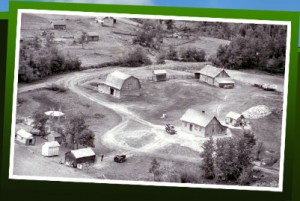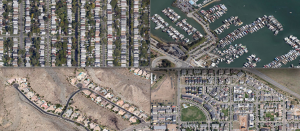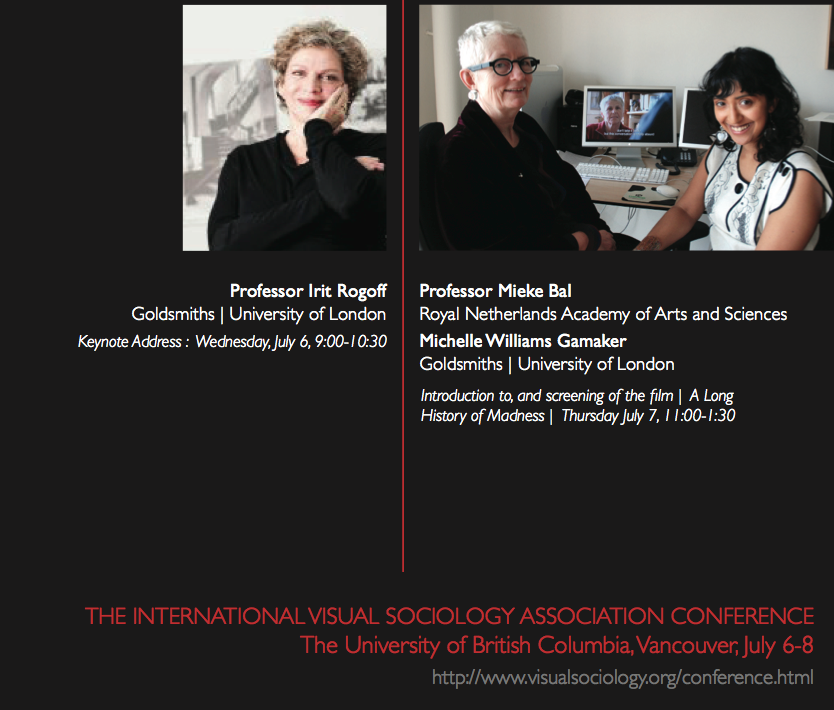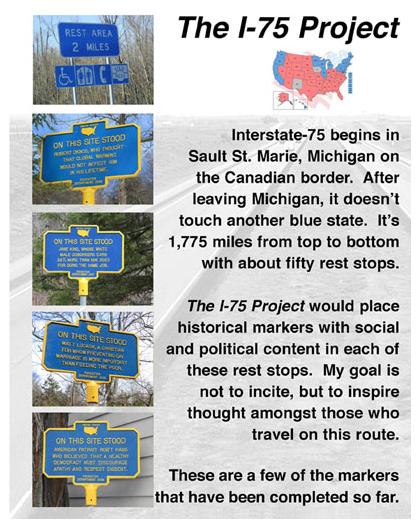You might have just seen Captain Phillips, the movie starring Tom Hanks as the real life Captain Phillips, commander of a Maerck shipping freighter hijacked by Somali pirates. The movie gives a wee glimpse into the life of Somali pirates, and the circumstances in their home country related to piracy. But, of course, to be Somali is something quite a bit larger.
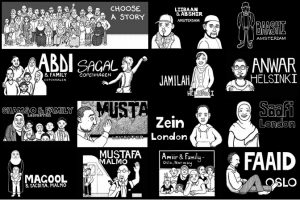 Meet the Somalis tells the stories of 14 Somalis living the refugee or immigrant life in seven European cities. Based on interviews, “the illustrated stories focus on challenges faced by Somalis in their respective cities in Europe and issues raised in the Somalis in European Cities research, including education, housing, the media, employment, political participation, and identity. Meet the Somalis depicts experiences many of us will never know, like fleeing a warzone with your children or, worse, leaving your loved ones behind.”
Meet the Somalis tells the stories of 14 Somalis living the refugee or immigrant life in seven European cities. Based on interviews, “the illustrated stories focus on challenges faced by Somalis in their respective cities in Europe and issues raised in the Somalis in European Cities research, including education, housing, the media, employment, political participation, and identity. Meet the Somalis depicts experiences many of us will never know, like fleeing a warzone with your children or, worse, leaving your loved ones behind.”
Like most ethnographic research, the stories are not just windows to the experiences of others, but also mirrors reflecting our own values and the deep interconnections among all people, like the importance of family, well-being, and identity. The cartoon illustrations combined with interview excerpts build the narrative of experience as an immigrant and/or refugee connected to a war-torn homeland.
 Follow
Follow





